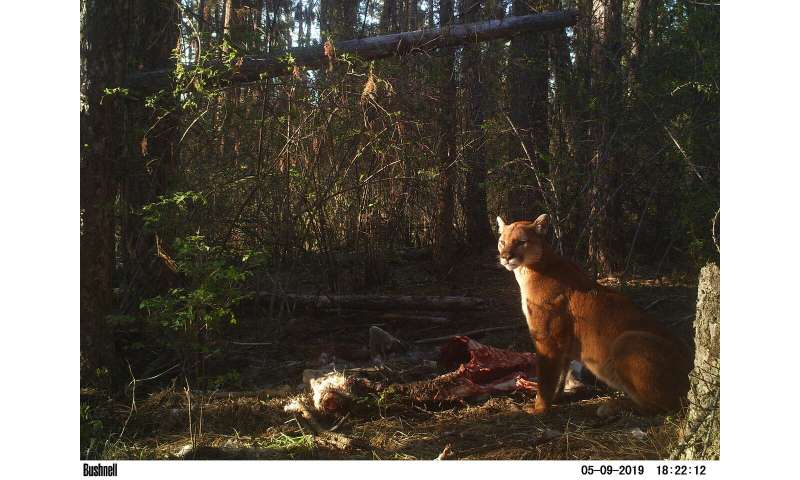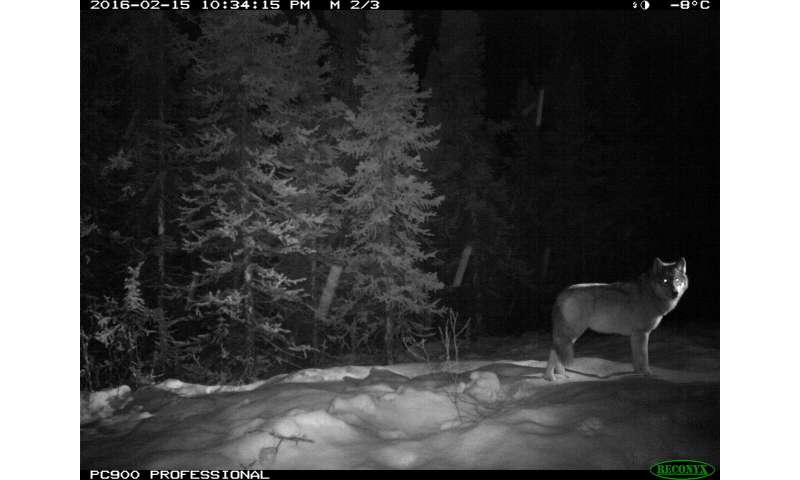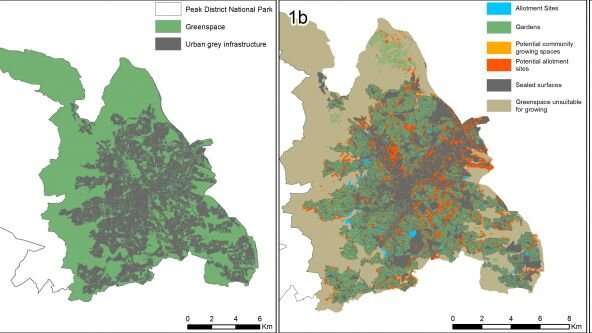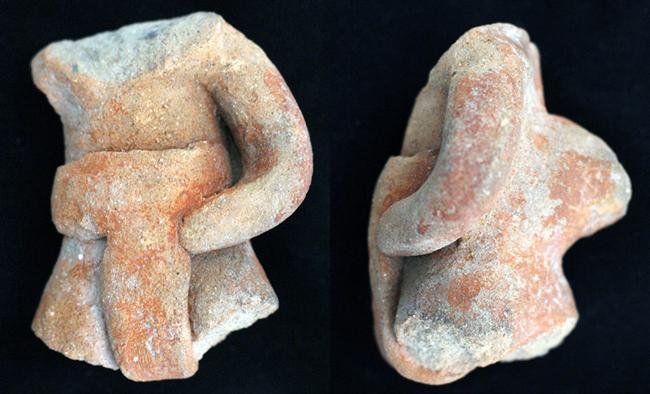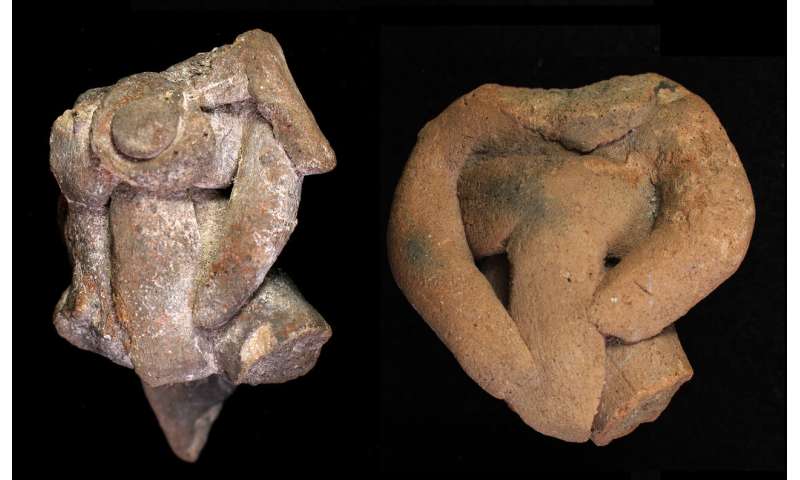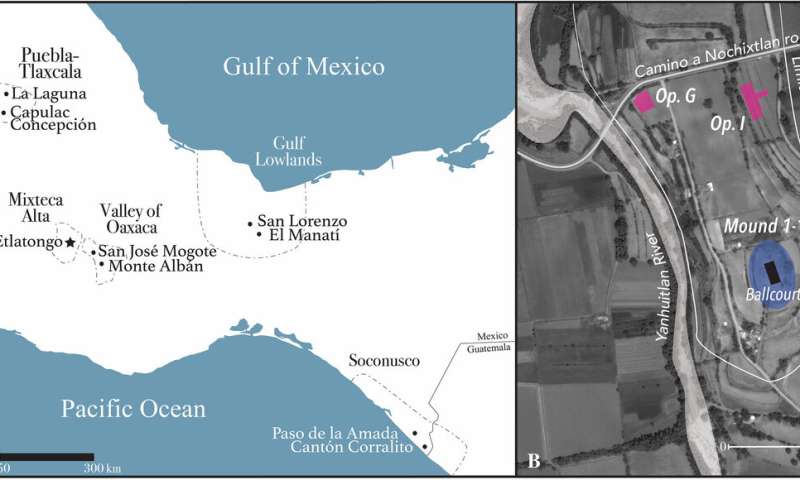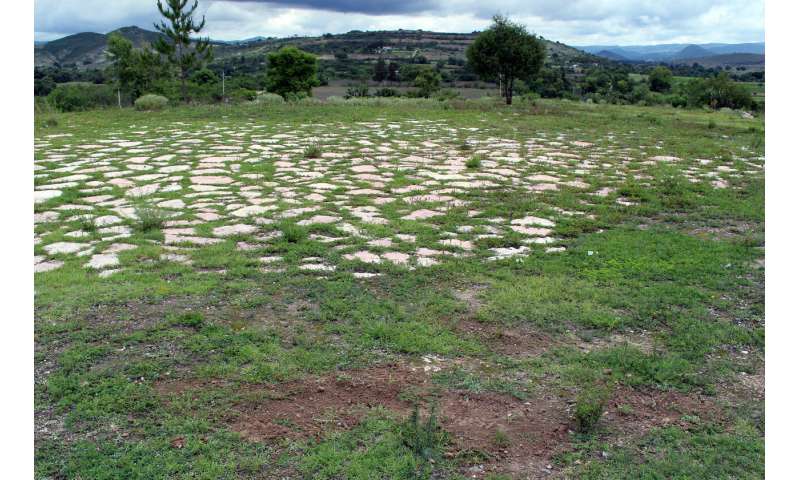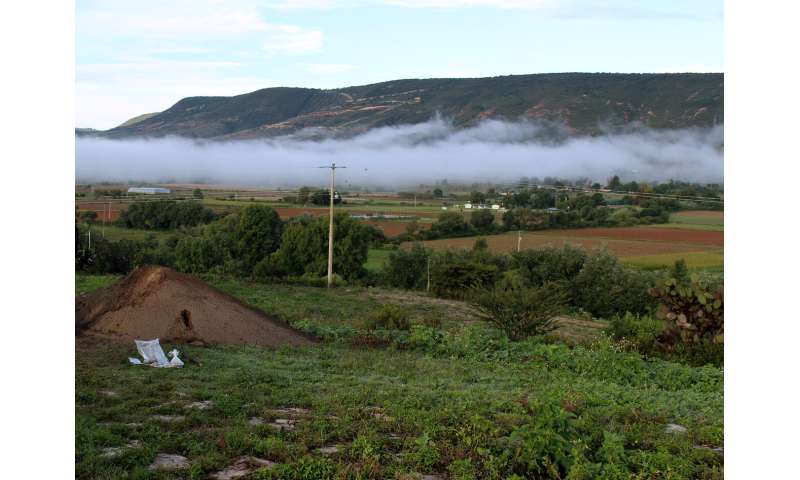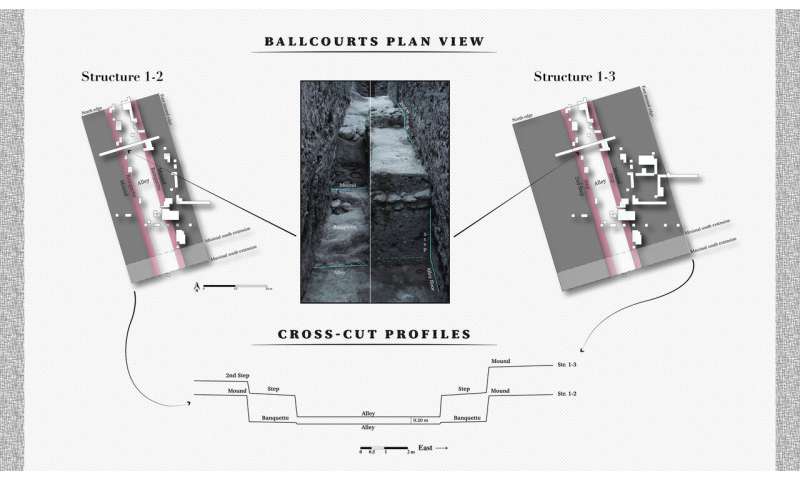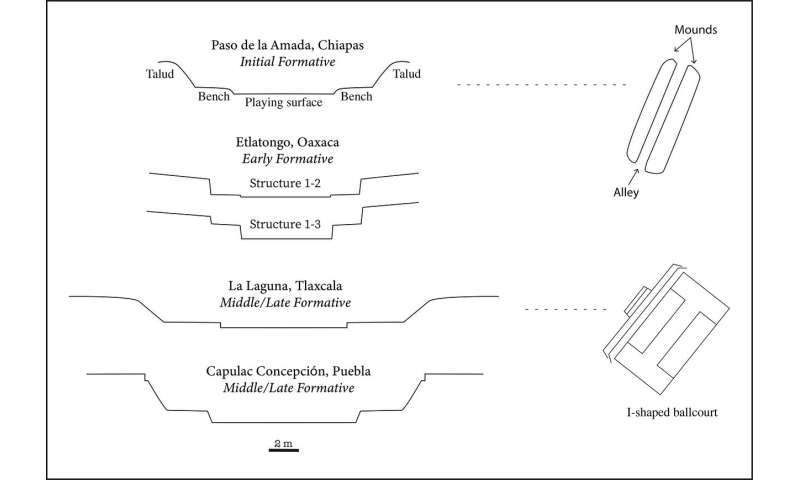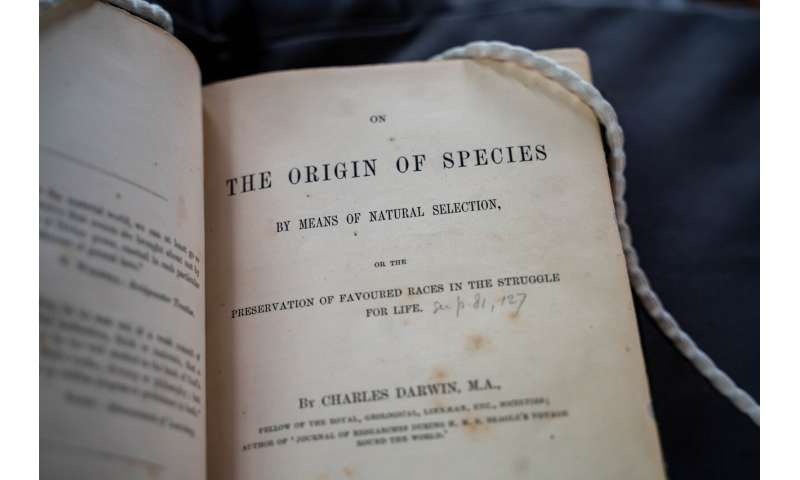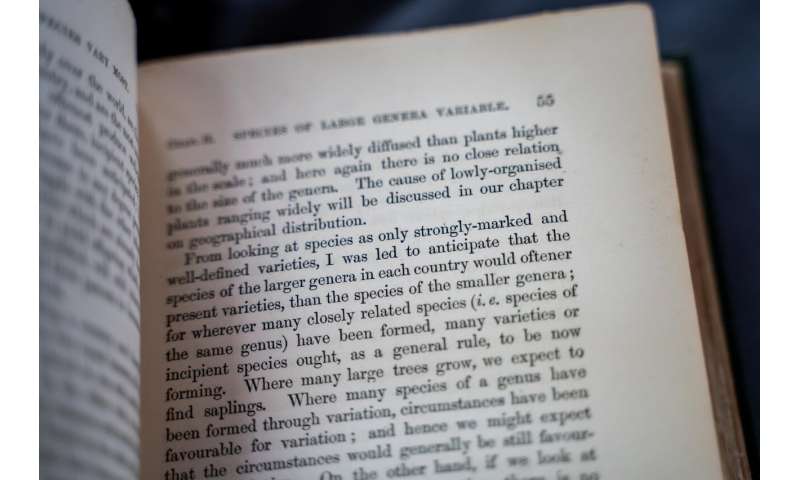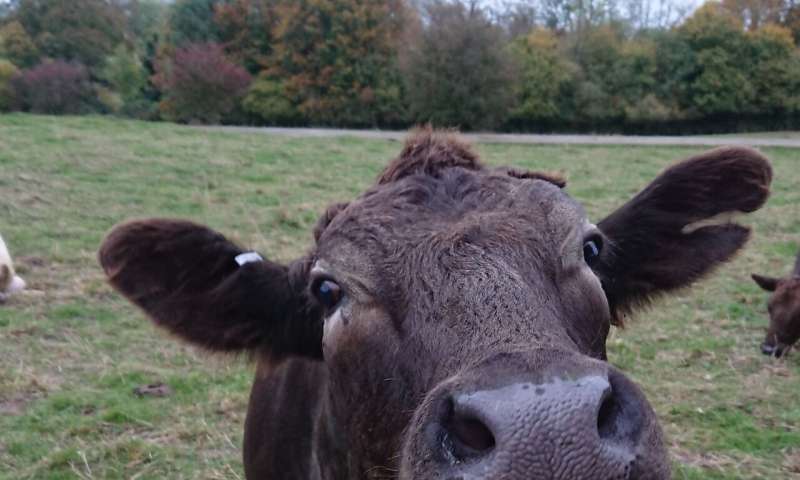by Isaac Arnsdorf PROPUBLICA
ProPublica is a nonprofit newsroom that investigates abuses of power.
In a 27,000-member private Facebook group for first responders who support President Donald Trump, firefighters and paramedics have posted thousands of comments in recent weeks downplaying the coronavirus pandemic that they are responsible for helping to handle.
Posts in the group, which is called IAFF Union Firefighters for Trump and has been endorsed by Trump, scoffed at the seriousness of the virus, echoing false assertions by Trump and his allies comparing it to the seasonal flu. “Every election year has a disease,” read one meme, purporting to be written on a doctor’s office whiteboard. “This is a viral-pneumonia being hyped as The Black Plague before an election.”
As of Monday, there were 4,464 cases and 78 deaths in the U.S., according to researchers at the Johns Hopkins Center for Health Security.
As confirmed cases and deaths expanded and officials began shutting down mass gatherings and public places, the posts intensified their attacks on Democrats and the media. “I believe this is all by design,” wrote a Texas firefighter whose identity was corroborated by ProPublica. “Democrats have wanted to slow down and even kill the economy. It’s the only hope they have of beating Trump. Sad and disgusting the depths of s--t the Democrats will descend to in order to gain power.”

© Provided by ProPublica
Posts containing factual information or firsthand experiences with the virus were met with more accusations of plots to harm Trump’s reelection. When a Florida firefighter said action was required now to prevent a crisis like is currently underway in Italy, where 27,980 have been infected and 2,158 have died, because the virus spreads at an exponential rate, the first reply was poop emojis and “Trump2020.”
Some comments promoted a baseless conspiracy theory that the virus is a biological weapon developed by the Chinese in collaboration with Democrats.
“By the Chinese to stop the riots in Hong Kong,” one member wrote.
“[Y]ou are absolutely correct,” another replied. “I said that in the beginning. Democrats saw an opportunity to use it against Trump and get rid of older people which they have been trying to do for a while.”
Commenters contacted by ProPublica declined to answer questions or didn’t respond to messages. ProPublica reviewed hundreds of screenshots provided by co-workers of members of the group who asked to be anonymous, fearing retaliation. Those people said the social media posts are not idle online venting — they reflect real-world attitudes that are leading some first responders to potentially shun special plans and protective equipment. That dismissiveness, the people said, could put first responders and others at risk as they attend to emergency calls with potentially infected people.

© Provided by ProPublica
Leaders at the International Association of Fire Fighters are also concerned. “I’ve read the social media. I know there are going to be accusations that this is all hype,” Jim Brinkley, IAFF assistant to the general president for technical and information resources, said in a video that the union posted online. “If we ignore it, if we take it lightly, we will set a new standard in the wrong direction for infectious disease in this country.”
Firefighters and paramedics, who jointly respond to 911 calls in most places, are among those at the greatest risk of encountering the coronavirus, and their exposure could endanger others if they have to be quarantined and are no longer available to work. Dozens of firefighters who responded to the nursing home in Kirkland, Washington, that was a hot spot of the outbreak had to be quarantined for weeks.
The private Facebook group was formed last year to protest the IAFF’s official endorsement of Democratic presidential hopeful Joe Biden. Trump encouraged his followers to join the Facebook group in May 2019.
ProPublica is a nonprofit newsroom based in New York. Sign up for ProPublica’s Big Story newsletter to receive articles and investigations like this one as soon as they’re published.
The group’s founder, Kelly Hallman, told ProPublica he doesn’t speak for everyone who posts, but he can understand why many emergency professionals share his skepticism about the coronavirus. He said previous outbreaks such as SARS, the H1N1 “swine flu” and Ebola didn’t prompt such a big response, and he thinks the reason is politics.
“There’s never been this much hoopla given to the other things,” Hallman said. “They’re doing it to crash the economy and make Trump look bad.”
Hallman’s view hasn’t changed as Trump went from calling concerns over the coronavirus a “hoax” on Feb. 28 to declaring a national emergency on Friday. Hallman said Trump has had to address fears stirred up by the media.
“If you had to point a finger at why the leftist media and the left in general has a smile on their face about this whole thing, it’s the Dow,” Hallman said, referring to the historic decline in stock prices. “My wife and kids are scared, they’re believing what they’re seeing on TV. And I’m trying to tell them it’s not as bad as the media makes it out.”
Leaders at the International Association of Fire Fighters are also concerned. “I’ve read the social media. I know there are going to be accusations that this is all hype,” Jim Brinkley, IAFF assistant to the general president for technical and information resources, said in a video that the union posted online. “If we ignore it, if we take it lightly, we will set a new standard in the wrong direction for infectious disease in this country.”
Firefighters and paramedics, who jointly respond to 911 calls in most places, are among those at the greatest risk of encountering the coronavirus, and their exposure could endanger others if they have to be quarantined and are no longer available to work. Dozens of firefighters who responded to the nursing home in Kirkland, Washington, that was a hot spot of the outbreak had to be quarantined for weeks.
The private Facebook group was formed last year to protest the IAFF’s official endorsement of Democratic presidential hopeful Joe Biden. Trump encouraged his followers to join the Facebook group in May 2019.
ProPublica is a nonprofit newsroom based in New York. Sign up for ProPublica’s Big Story newsletter to receive articles and investigations like this one as soon as they’re published.
The group’s founder, Kelly Hallman, told ProPublica he doesn’t speak for everyone who posts, but he can understand why many emergency professionals share his skepticism about the coronavirus. He said previous outbreaks such as SARS, the H1N1 “swine flu” and Ebola didn’t prompt such a big response, and he thinks the reason is politics.
“There’s never been this much hoopla given to the other things,” Hallman said. “They’re doing it to crash the economy and make Trump look bad.”
Hallman’s view hasn’t changed as Trump went from calling concerns over the coronavirus a “hoax” on Feb. 28 to declaring a national emergency on Friday. Hallman said Trump has had to address fears stirred up by the media.
“If you had to point a finger at why the leftist media and the left in general has a smile on their face about this whole thing, it’s the Dow,” Hallman said, referring to the historic decline in stock prices. “My wife and kids are scared, they’re believing what they’re seeing on TV. And I’m trying to tell them it’s not as bad as the media makes it out.”

© Provided by ProPublica
Public health experts are unified in calling for drastic measures to contain and mitigate the spread in the U.S. “When you’re dealing with an emerging infectious diseases outbreak, you are always behind where you think you are,” Dr. Anthony Fauci, director of the National Institute of Allergy and Infectious Diseases, said at a White House press conference on Monday. “It will always seem that the best way to address it would be doing something that looks like it might be an overreaction. It’s not an overreaction. It’s a reaction that we feel is commensurate with what is actually going on in reality.”
The government’s guidelines, Fauci said, “will fail if people don’t adhere to them.”
IAFF spokesman Doug Stern said views like those expressed in the Facebook group reflect the minority of first responders, citing conversations with local leaders who are eager for more information about how to prepare for the coronavirus.
“Our leadership is aware of this issue, and we are taking it seriously because we know how important it is,” Stern said of COVID-19. Most important, Stern said, is for 911 callers to tell the dispatcher if anyone is experiencing flu-like symptoms so responders can wear protective gear and send a smaller team.
Caroline Chen contributed reporting.
Public health experts are unified in calling for drastic measures to contain and mitigate the spread in the U.S. “When you’re dealing with an emerging infectious diseases outbreak, you are always behind where you think you are,” Dr. Anthony Fauci, director of the National Institute of Allergy and Infectious Diseases, said at a White House press conference on Monday. “It will always seem that the best way to address it would be doing something that looks like it might be an overreaction. It’s not an overreaction. It’s a reaction that we feel is commensurate with what is actually going on in reality.”
The government’s guidelines, Fauci said, “will fail if people don’t adhere to them.”
IAFF spokesman Doug Stern said views like those expressed in the Facebook group reflect the minority of first responders, citing conversations with local leaders who are eager for more information about how to prepare for the coronavirus.
“Our leadership is aware of this issue, and we are taking it seriously because we know how important it is,” Stern said of COVID-19. Most important, Stern said, is for 911 callers to tell the dispatcher if anyone is experiencing flu-like symptoms so responders can wear protective gear and send a smaller team.
Caroline Chen contributed reporting.

